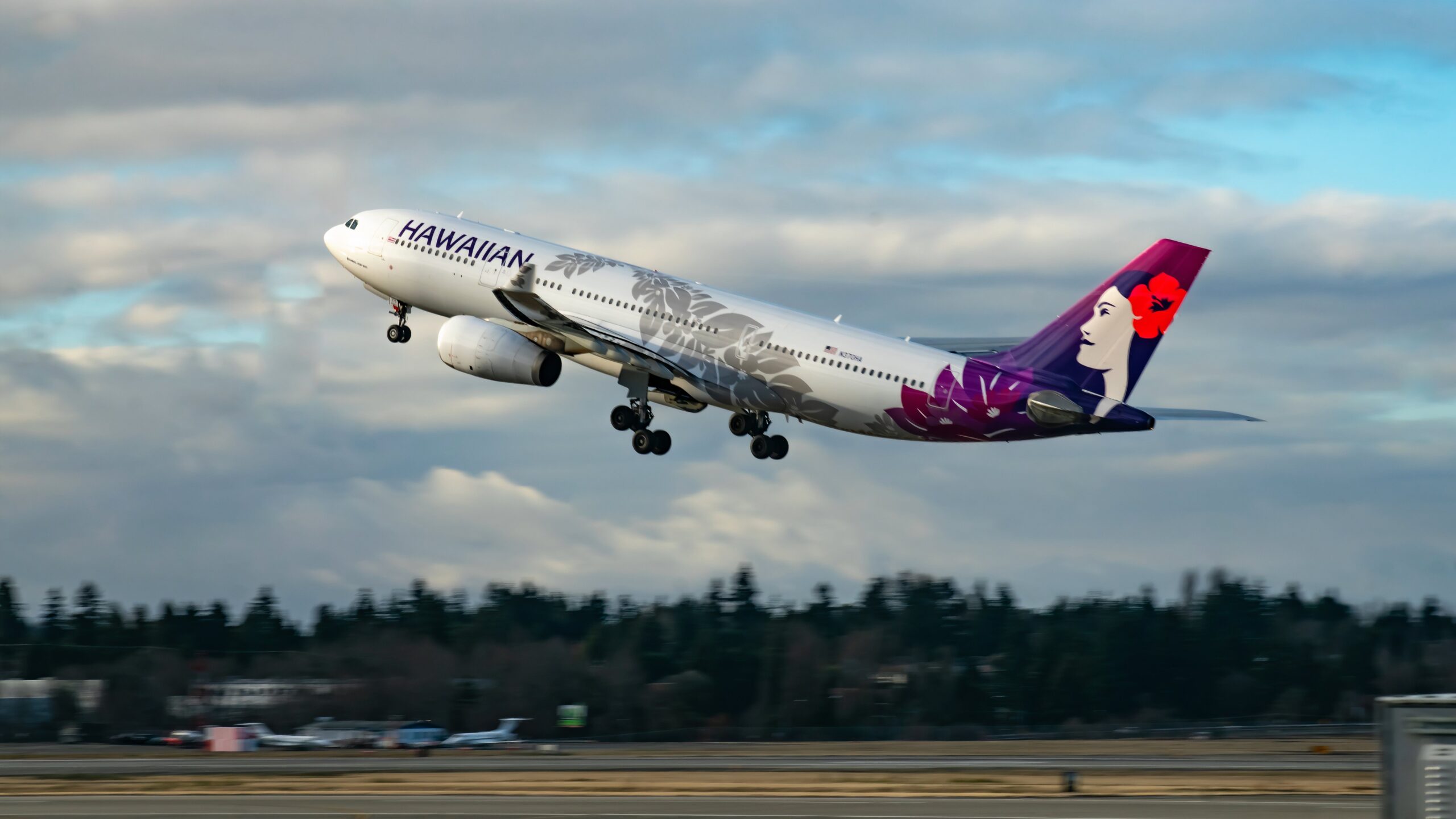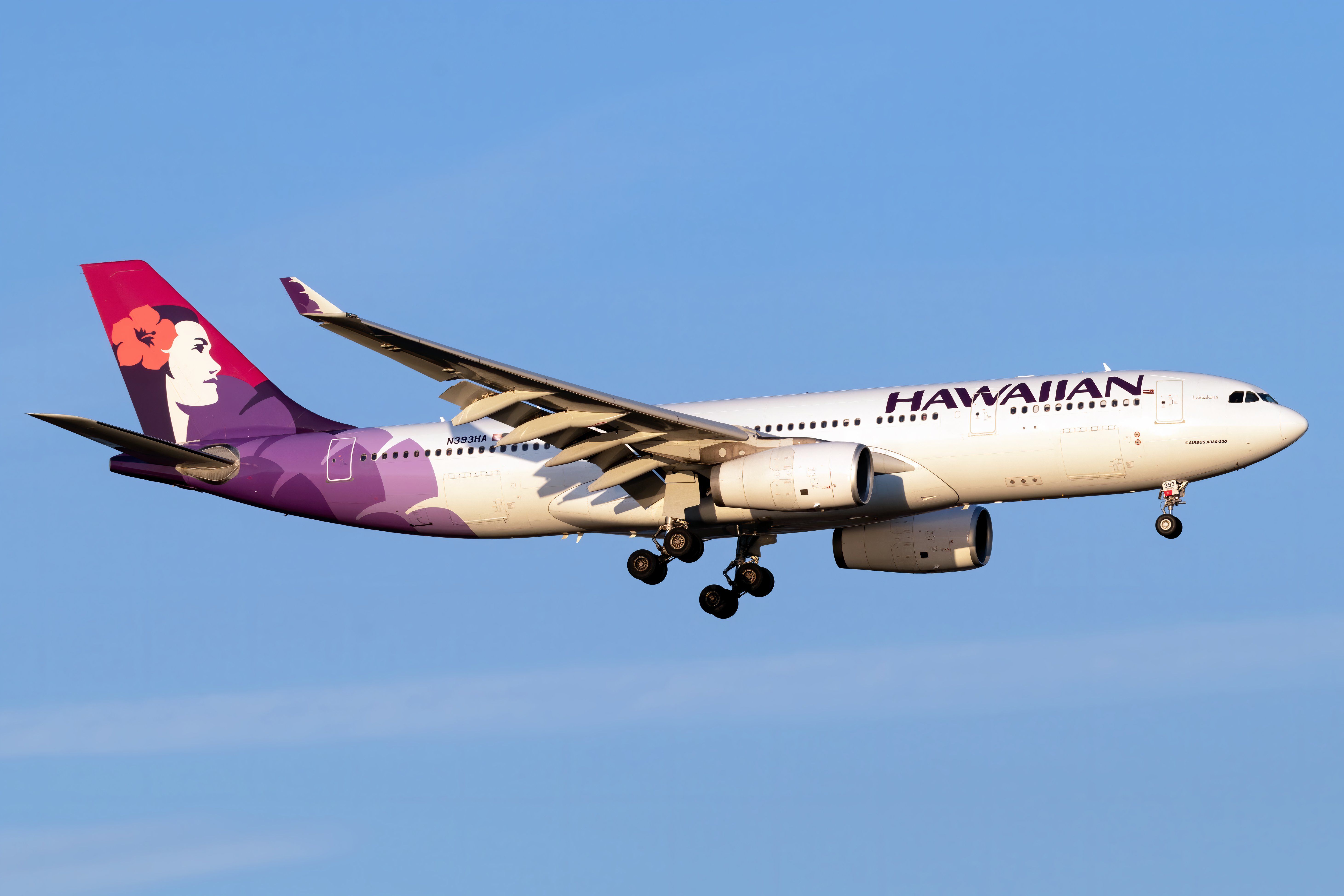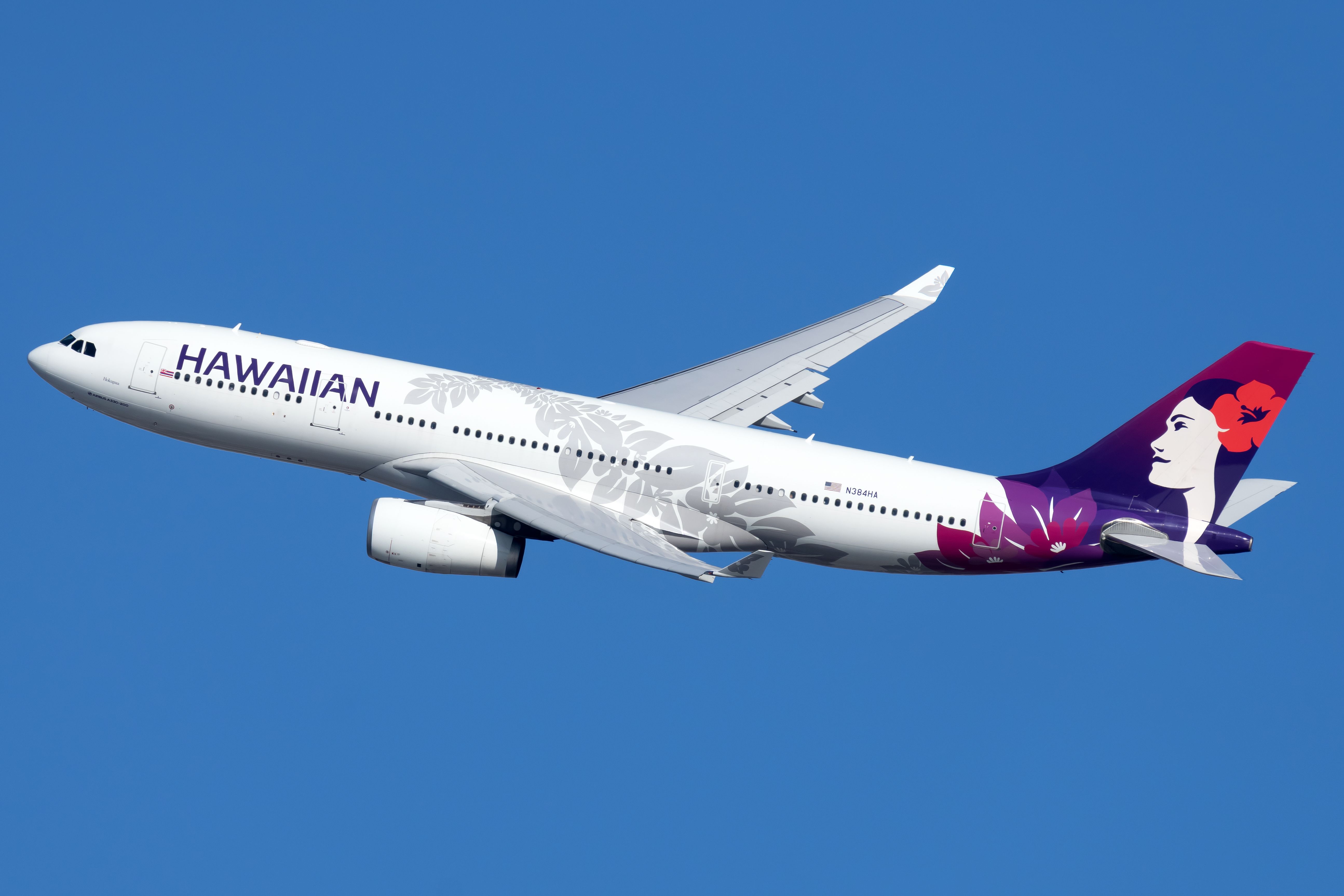A Hawaiian Airlines aircraft had to perform an emergency landing at Portland Airport after an iPad onboard the aircraft caught fire. The flight was met with emergency responders at the airport, where the device was identified and safely removed from the aircraft.
No injuries or casualties were reported, and luckily, Portland was indeed the destination of the flight and its passengers.
An onboard fire caused the diversion
A regularly scheduled Hawaiian Airlines
flight, HA-26, had to make an emergency landing earlier this week at Portland International Airport
(PDX) on Thursday when a fire, reportedly originating from a passenger’s iPad, was detected onboard. According to reports from Oregon Live, the aircraft was met with firefighters and emergency responders upon landing.
Reports suggest that the airport fire and rescue team responded to the incident and was able to identify and contain the burning device. Additionally, no passengers or crew members were injured or had to be taken to the hospital.
Photo: Vincenzo Pace | Simple Flying
Luckily, in this instance, PDX was the final destination of the flight and its passengers, so the airline did not have to go through the hassle of facilitating and transferring passengers to their destination if it had diverted to another airport.
Simple Flying has, however, reached out to the carrier to know more about the incident and how the airline is prepared to deal with similar safety incidents. Any response received will be updated in this article.
The aircraft has continued flying
The aircraft involved in this incident is a 13-year-old Airbus A330-200
, and the aircraft appears to have not sustained any significant damage that required the aircraft to be grounded. Data from FlightRadar24.com shows that the A330 performed its flight to PDX almost on schedule and, since the incident, has remained in commercial operation as the return flight back to Honolulu International Airport
(HNL) the next day was operated as scheduled.
|
Service |
Scheduled DEP |
Actual DEP |
Scheduled ARV |
Actual ARV |
|---|---|---|---|---|
|
HA-26 HNL – PDX |
12:10 |
12:45 |
20:45 |
20:52 |
|
Service |
Scheduled DEP |
Actual DEP |
Scheduled ARV |
Actual ARV |
|
HA-25 PDX – HNL |
08:45 |
08:59 |
11:40 |
11:28 |
Photo: Vincenzo Pace | Simple Flying
Data shows that at the time of writing the aircraft is operating a scheduled service to Seoul Incheon International Airport (ICN).
The airline’s fleet of A330s is configured to accommodate 278 passengers, with 18 seats in First Class, 68 extra comfort seats, and 192 standard economy seats.
The airline on its fleet page has revealed there will be changes to its A330 fleet coming in the future.
Possibly a growing risk on flights
While lithium batteries have always posed a fire risk, so far, aviation has handled them by not allowing batteries to be placed in checked-in bags. However, data shows that the number of incidents caused by batteries catching fire onboard aircraft has
increased by more than 28% in the past five years
.
The majority of these incidents are reportedly caused by batteries within electronic devices overheating due to thermal runways.
Thermal Runway is a phenomenon in which a single cell within a lithium-ion battery, upon igniting, triggers a chain reaction within the battery, and the fire spreads rapidly, thereby causing smoke and electronic fires.
Photo: Jaromir Chalabala | Shutterstock
A series of recent incidents include a
laptop onboard an American Airlines aircraft emanating smoke
when on the ground, and a more serious incident of a phone catching fire onboard a Southwest Airlines flight, which resulted in the aircraft diverting to Palm Beach.
While lithium-ion batteries, in general, are not a threat, it is something the aviation industry is currently evaluating to ensure a higher level of safety is maintained.




